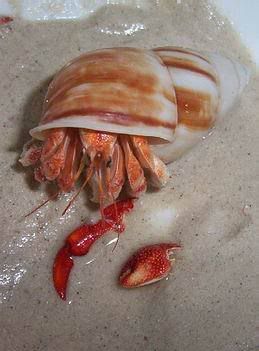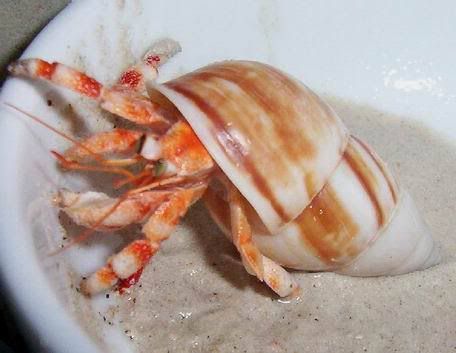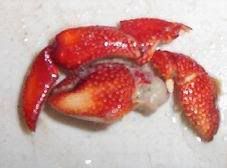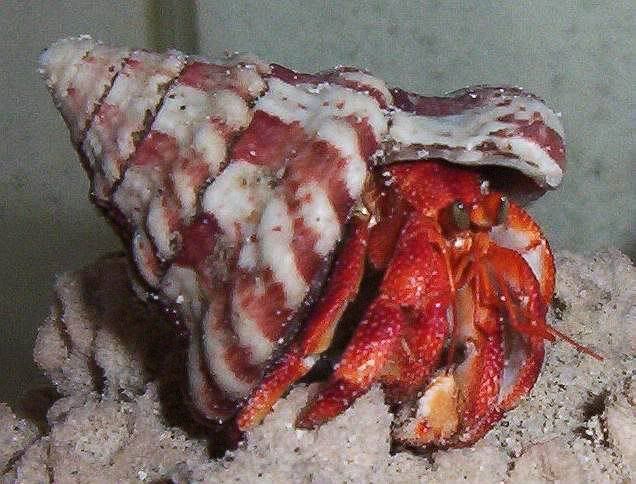harles2000 wrote:BDog - there is a small flaw to your dog analogy.
Dogs can breed with both wolves and jackals - neither of which is Canis Familiaris. If I'm not mistaken they can also breed with Dingoes.
Not entirely... the species name for wolf is
Canis Lupus, it's the main species line. Dog or
Canis Lupus Familiaris is a subspecies of the main line. A relatively young subspecies in fact. There have only been dogs on Earth for a relatively short period of time after the emergence of
Homo Sapien Sapien, i.e. you. As such, dogs and wolves share much of the same DNA. More of it in common than humans and chimps, which was the analogy I was making.
Here's a link to wikipedia's article on the Canidae family so you can see what I mean.
Everything you've listed as interbreeding is very closely related to one another. They are also, (and here's the part I think you may have missed from my argument), relatively young species. I mean less than 1-2 million years old.
Here's a link to the Gray Wolf species where you can see that at least the Asian Lineage is around 800,000 years old.
The point I'm trying to make is not that animal A is not able to breed with animal B simply because it's a different species in the same genus. The point I was making was that hermit crab species A and B haven't been exchanging genetic information for several dozens of million years. In that time, the genes that comprise each species have changed enough that they shouldn't be able to combine to create a naturally occurring hybrid. Wolves, Dogs, and Coyotes aren't fantastically old when compared to hermit crabs, and they've been exchanging genes infrequently since then. So, yes, they can cross. The hermit crab family, on the other hand, is older than dirt. In the time since dirt has formed, they've evolved all kinds of different genes, and different numbers of them. This last part is the important one. In order for genes to transcribe, you not only have to have genes for the same component, but they have to be located in roughly the same part of the chromosome and in the same numbered sequence.
For instance, sheep and humans are both mammals, they both have the same number of limbs, eyes, ears, etc. We however, cannot interbreed naturally. The reason for this is that I have different numbers of genes forming a human liver than the sheep has to form its liver. Some of these genes are important, and some of them evolved as transcription errors and are basically junk. The problem is that if I take the genes for my liver and try to give half of them to a sheep, which has a different number, every other gene in there is similarly offset. This offset is such that the part of the human genome for an arm I'm trying to combine with a sheep will end up hitting the part of the sheep genome for a nose, and thus not combine correctly. Rather than cross to create some sort of creature with an arm/nose, it just aborts the embryo and starts over. The numbers have to align closely, or else you get nothing. This is the reason that the back countries of the Western US, Australia and New Zealand are not filled with sheepmen.
How do I get animals with human organs for transplants, then? Easy, you cheat. Let's say I know for a fact which genes make up a sheep's liver and which genes make up a human's. In a fertilized egg cell, both of the chromosomes containing these genes are large enough that I can play "cut and paste" with them. So, basically, I extract the entire gene sequence for a human liver, (instead of just half as I'd get in the case of normal breeding). Then, I knock out completely every single gene for a liver in the sheep chromosome. I finally insert the genes for a human liver in this newly created gap and allow the sheep egg to gestate as normal. Voila, one sheep with a transplantable human liver. Why wouldn't this work normally? Because the numbers wouldn't add up closely enough to create the match you need for a hybrid. This is the difference several million years makes.
Hermit crab species are millions of years old. Old enough that the gene numbers for C. Clypeatus and C. Perlatus shouldn't line up anymore. There's enough differentiation and transcription errors in those several million years between when they last met naturally, that the half of crab A's code no longer lines up closely enough with the half of crab B's code to create offspring. They might as well be written in different languages. By comparison: dogs, wolves and coyotes have less than a million years of separation. The numbers in their codes still line up closely enough to create a match.
Also, that dog/lion thing? I'm calling B.S. on that. The families Canidae and Felidae are different enough I know that isn't possible. Whoever told you that was full of it.




